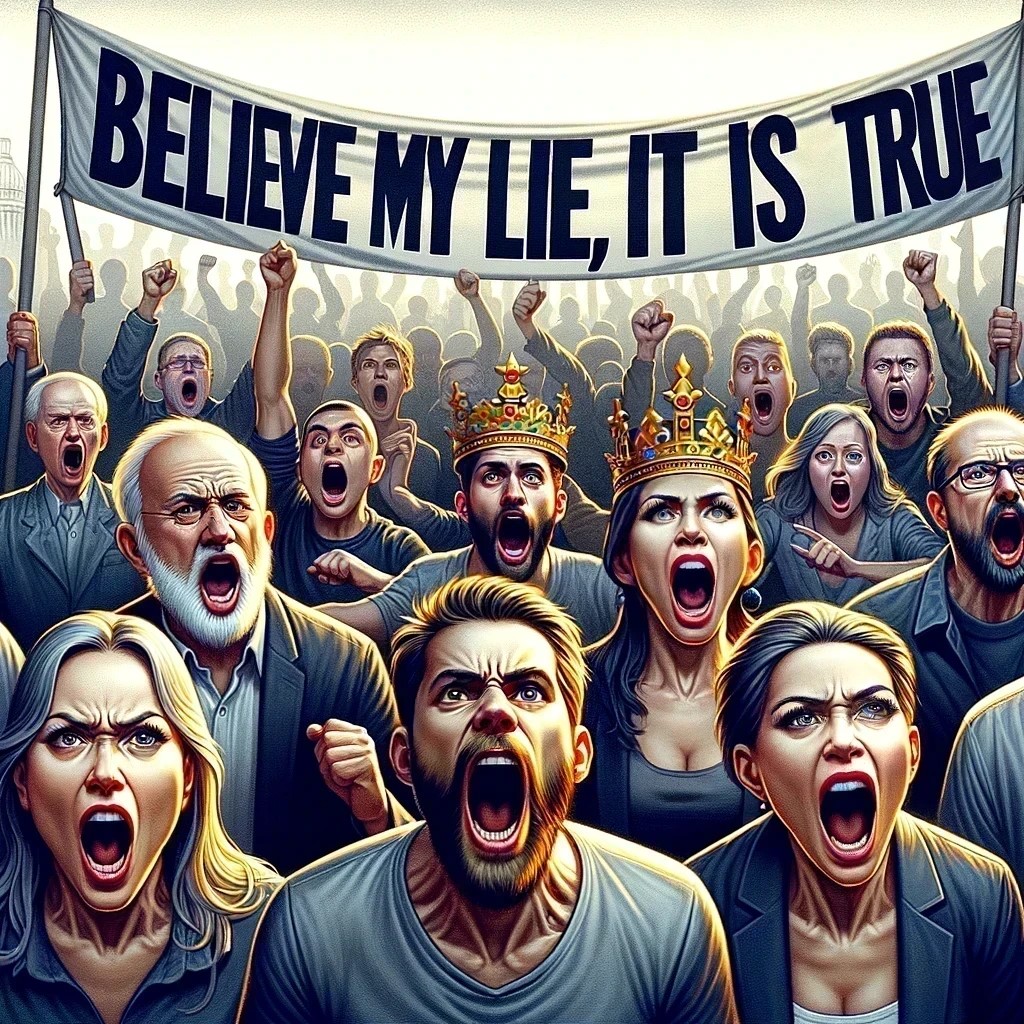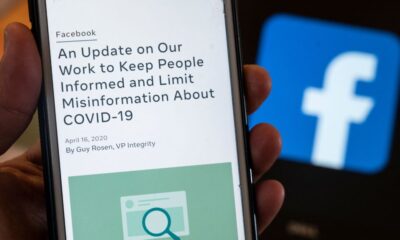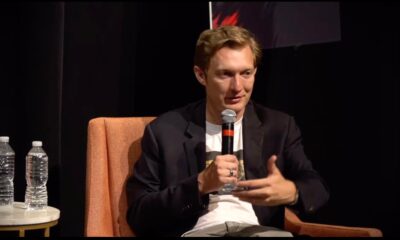Finance
Disinformation exists and is dangerous

Last week’s issue The economist included some articles on disinformation, which it defines as “falsehoods intended to deceive.” More precisely, I would define it as the deliberate publication or dissemination of fact-related information that is almost certainly false, by a person or organization whose self-interest is to spread the lie.
The article “The Truth/Lies Behind $1.1 Million Cartier by Olena Zelenska” (“Anatomy of a Misinformation” is the title in the shorter print version) describes a recent case. Clemson University researchers have pieced together the story of Ukrainian President Volodymyr Zelenskiy’s wife allegedly spending $1.1 million on Fifth Avenue in New York City. The false story, repurposed from an earlier story, jumped from an Instagram video (probably from someone in St. Petersburg) reposted on YouTube, to African news sites that often repeated it as “sponsored content” (i.e. paid promotion ), to Russian news media, after a fake American publication called DC weekly, and to its reposting as a credible news story. Ultimately, it was shared at least 20,000 times on Twitter and TikTok. Many people now think that it is proven old ‘news’.
This sophisticated example of disinformation was almost certainly a Russian government operation. Such operations by foreign governments are extremely difficult to expose: no journalist can go to St. Petersburg to find and interview the woman who allegedly launched the lie on Instagram. In a freer country, the free press can more easily expose and publicize government disinformation conspiracies, making such operations riskier and less likely.
If The economist notes that misinformation from rulers has always existed. What has changed is the extent of private disinformation and private amplification of government disinformation. The dramatic drop in the costs of producing and spreading disinformation has multiplied it. The danger comes from both the left and the right, especially from their populist wings. If you are ‘the people’, your lies become true.
Thirty years ago, an observer of human affairs knew that everything he read or heard on TV was true privately verified by some gatekeepers. In any case, a news item and its source were guaranteed by a journalist and his editor, not to mention the owners of the media, who had to protect a brand name. Likewise, the ideas and authors of books had to pass through private gatekeepers in the publishing industry. Self-publishing was very expensive and identified the author as unknown and potentially unreliable (or uninteresting in novels or poetry). Since Gutenberg, a lot of material of dubious value has been published (think Marxism), but its dissemination came at a high cost, and the reader actually had to buy publications or go to a library to read the stuff. Even after the invention of radio and television, where people like Father McLaughlin were numerous, some private gatekeeping services were provided by station owners or those who funded the maverick broadcasters. While the circulation and challenge of ideas was not prevented, the cost barrier eliminated a lot of snake oil.
Nothing was perfect, of course, but what followed brought new dangers. What the World Wide Web from the mid-1990s and social media from the first decade of the 21st century did was allow anyone to broadcast ideas and disinformation to the world at very low cost (to the extreme only the time of the speaker or repeater). ). AI reduces these costs even further: you don’t even have to be able to write (that is, put words together in a coherent discourse) to produce disinformation. From the perspective of the reader or listener, distinguishing between serious heterodox ideas and pure disinformation has become more expensive – although AI will also provide tools to detect falsifications.
What’s the danger? Past a certain point, a free (or more or less free) society could no longer be maintained. A self-regulated social order must collapse when a certain portion of its members becomes hopelessly confused between what is true and what is false, or comes to believe that truth does not exist. Even free agreement between individuals (trade is a paradigmatic example) becomes too expensive as the likelihood of someone being a liar and a fraud increases. We don’t know where the tipping point is. But we know that this has been achieved in countries like Russia (and the former Soviet Union) or China (despite a glimmer of hope after the demise of Maoism and its Red Guards). At that point, only an authoritarian, if not totalitarian, government can coordinate individual actions. manu militari.
******************************
By Pierre Lemieux and DALL-E













